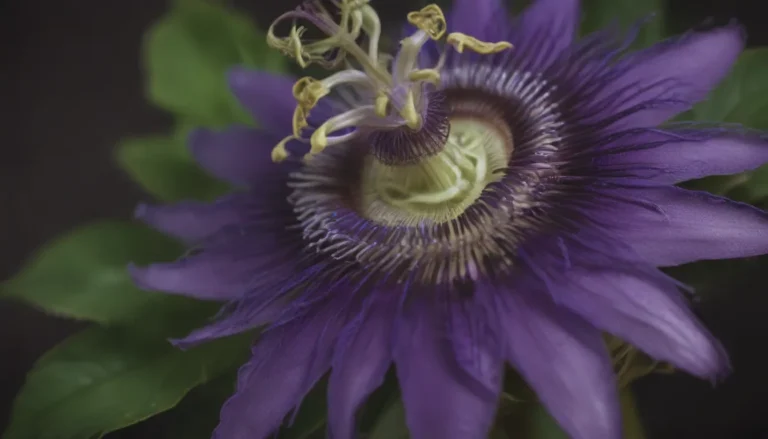The Complete Guide on How to Grow Lightwood Trees

The lightwood tree, also known as Acacia implexa, is a stunning Australian native evergreen tree that is highly valued for its timber. This versatile tree goes by various interesting folk names such as hickory wattle, fish wattle, and sally wattle, just to name a few. It is closely related to Acacia mangium, with similar wood characteristics. With its greyish-brown bark and evergreen oval leaves, the lightwood tree adds beauty and functionality to any landscape.
A Brief Overview of the Lightwood Tree
The lightwood tree is not just a pretty face in the world of flora. It has a rich history of traditional uses among Aboriginal peoples in Australia. From making string and rope to using it for medicinal purposes and even creating dye from its leaves, the lightwood tree holds a significant place in Australian culture. Its showy flowers, which bloom in the summer and emit a lovely fragrance, are a sight to behold. The twisted cylindrical seed pods that follow the flowers add a unique touch to this already remarkable tree.
Characteristics of the Lightwood Tree:
- Greyish brown bark
- Oval, sickle-shaped leaves
- Showy cream-colored flowers
- Unique twisted seed pods
Growing Lightwood Trees: Tips and Tricks
Soil Requirements
One of the reasons why the lightwood tree is so popular is its ability to thrive in various soil conditions. It is highly tolerant of poor soil, whether it’s sandy or clayey. This makes it an excellent choice for stabilizing banks and preventing erosion. Plus, it readily produces suckers when its roots are damaged.
Light Needs
If you want to grow a healthy and vibrant lightwood tree, make sure it gets plenty of sunlight. This tree thrives in bright, sunny locations. However, keep in mind that it can reach heights of 20 to 50 feet when fully mature, so make sure you have enough space for it to grow.
Watering Tips
While the lightwood tree requires adequate water to thrive, make sure not to overwater it. During drought periods, regular watering is essential to prevent the formation of toxic compounds in the seed pods when the tree becomes dehydrated.
Temperature and Humidity Considerations
The lightwood tree is a hardy species that can withstand heat, drought, and even frost to some extent. Its tolerance for various environmental conditions makes it a versatile choice for planting along roadsides, near parking lots, or even in urban settings where pollution from car exhaust is present.
Control and Maintenance
It’s important to note that the lightwood tree can be invasive in non-native environments. If not properly controlled, it can spread rapidly and become difficult to manage. Uprooting the trees is the most effective method of controlling their spread, although this may not always be practical in every situation.
The Dangers of Invasive Species
The lightwood tree is just one example of how non-native plants can wreak havoc on ecosystems when introduced to new environments. In North America, the introduction of invasive species from other parts of the world has led to significant ecological disruptions. These plants, no longer influenced by natural predators that would keep their growth in check, can quickly overtake native vegetation and alter habitats irreversibly.
Key Points on Invasive Species:
- Lack of natural predators
- Rapid spread and takeover of native habitats
- Ecological disruptions and irreversible changes
Conclusion
In conclusion, the lightwood tree is a beautiful and versatile species that has been cherished for centuries in Australia. Its unique characteristics, traditional uses, and ability to thrive in diverse environments make it a valuable addition to any landscape. However, it’s essential to be mindful of its potential invasiveness in non-native regions and take necessary precautions to prevent its spread. By following proper planting and maintenance practices, you can enjoy the beauty of the lightwood tree while preserving the integrity of the surrounding environment.





